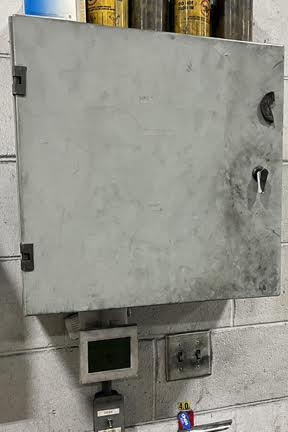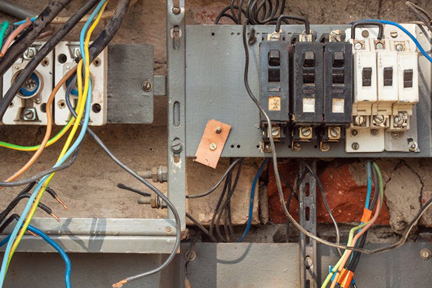
Managing Conductive Dust in Electrical Cabinets
For those in the industry, you’re probably well aware of the potential impact conductive dust can have on your electrical systems. For others, this may not be as top of mind. Check out a few trade secrets on managing conductive dust in electrical cabinets; an often overlooked (but critical aspect) of electrical systems.
Understanding the Problem: The Hidden Threat
What is it?
Conductive dust is airborne dirt that, when accumulated, can conduct electricity.
Why is it a problem?
Outside of cabinets, it can allow electric charges to build up and arc, potentially causing hazards. Inside cabinets, it can wreak havoc with arcs and shorts, leading to equipment damage and unsafe operation.
Preventing Infiltration
Prevention is key!
Keep Your Doors Closed:
Ensure that cabinet doors are closed properly to minimize dust ingress.
Maintain Enclosure Integrity:
Regularly inspect and maintain the integrity of your enclosures to prevent dust infiltration.
Seal Maintenance:
Check and maintain the seals on your enclosures to keep them dust tight.


Tackling Conductive Dust the Right Way
Discover the do’s and don’ts of managing conductive dust.
Worse Solutions:
Avoid using water, compressed air, or a leaf blower to tackle conductive dust; these methods can make things worse.
Best Solutions:
Choose safer methods like vacuuming (using air-driven or explosion-proof vacuums) or using a broom and dustpan or shovel and trashcan to remove the dust safely.
Identifying and Addressing Issues
Detecting conductive dust-related problems can save your equipment from potential harm. Watch for these indications of potential issues:
Behavioral Signs:
Equipment faults or trips with intermittent or regular faults, or even random faults.
Physical Signs:
Cabinet doors found open, evidence of arcing inside the cabinet, and visible dirt on components within the cabinet.
What to Do if you suspect conductive dust is the culprit?
Clean the Cabinet:
Remove the dust and dirt from the cabinet thoroughly.
Fix the Cabinet Cooler:
Overheating cabinets can lead to doors being left open; ensure your cabinet cooling system is functioning correctly.
Seal Any Openings:
Plug any holes or open knockouts to prevent dust infiltration.
Inspect Components:
If the same fault repeatedly occurs, inspect the components that control that function. For instance, if a specific relay is failing, check the pins for dirt or arcing, clean the socket, and replace it if necessary.
Let’s Get Connected
